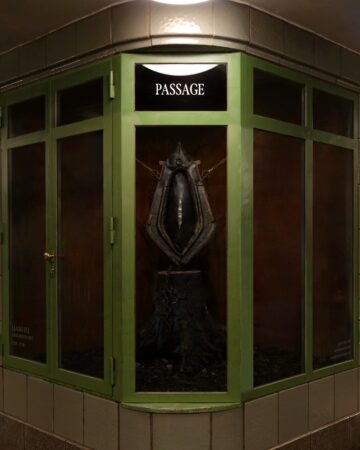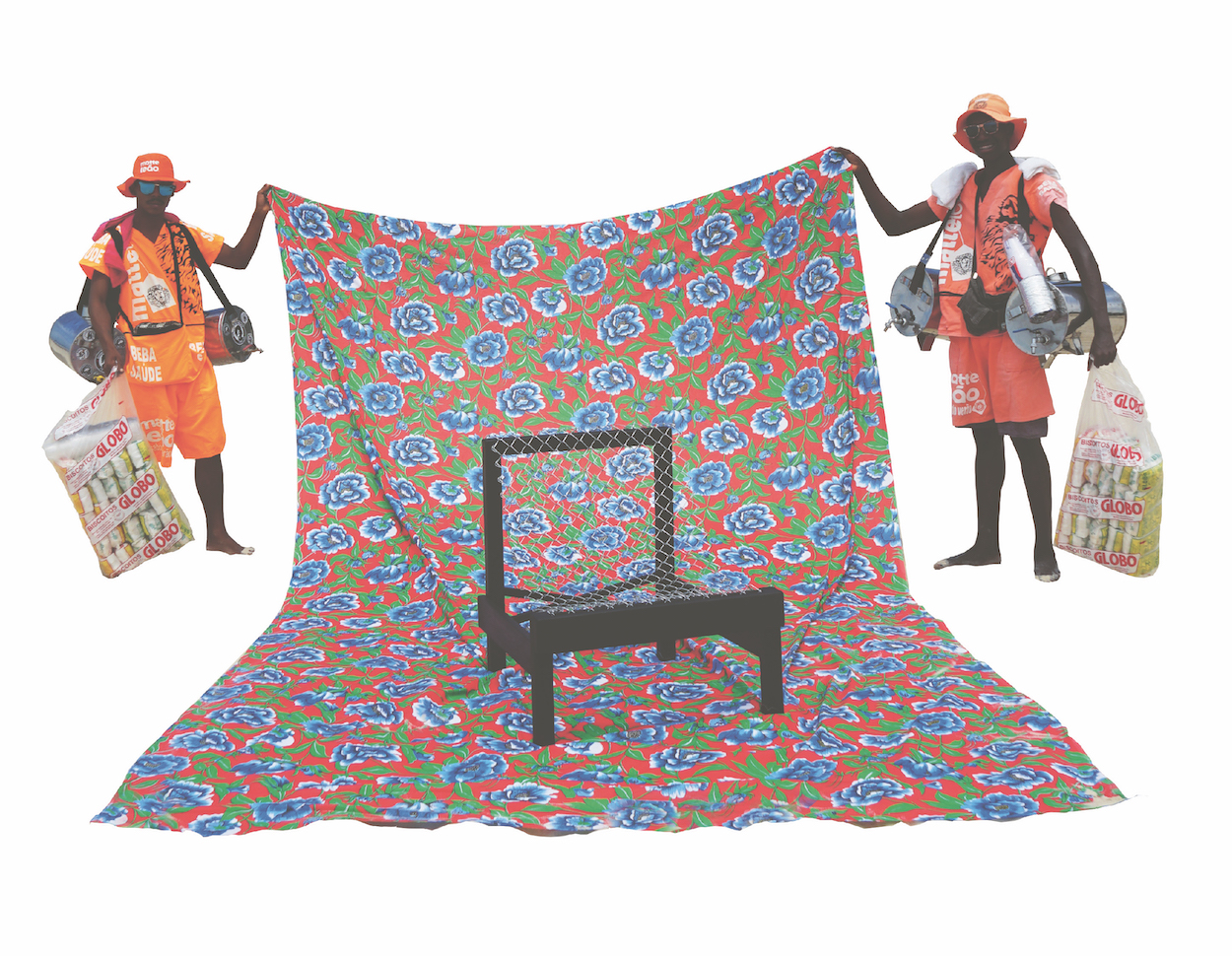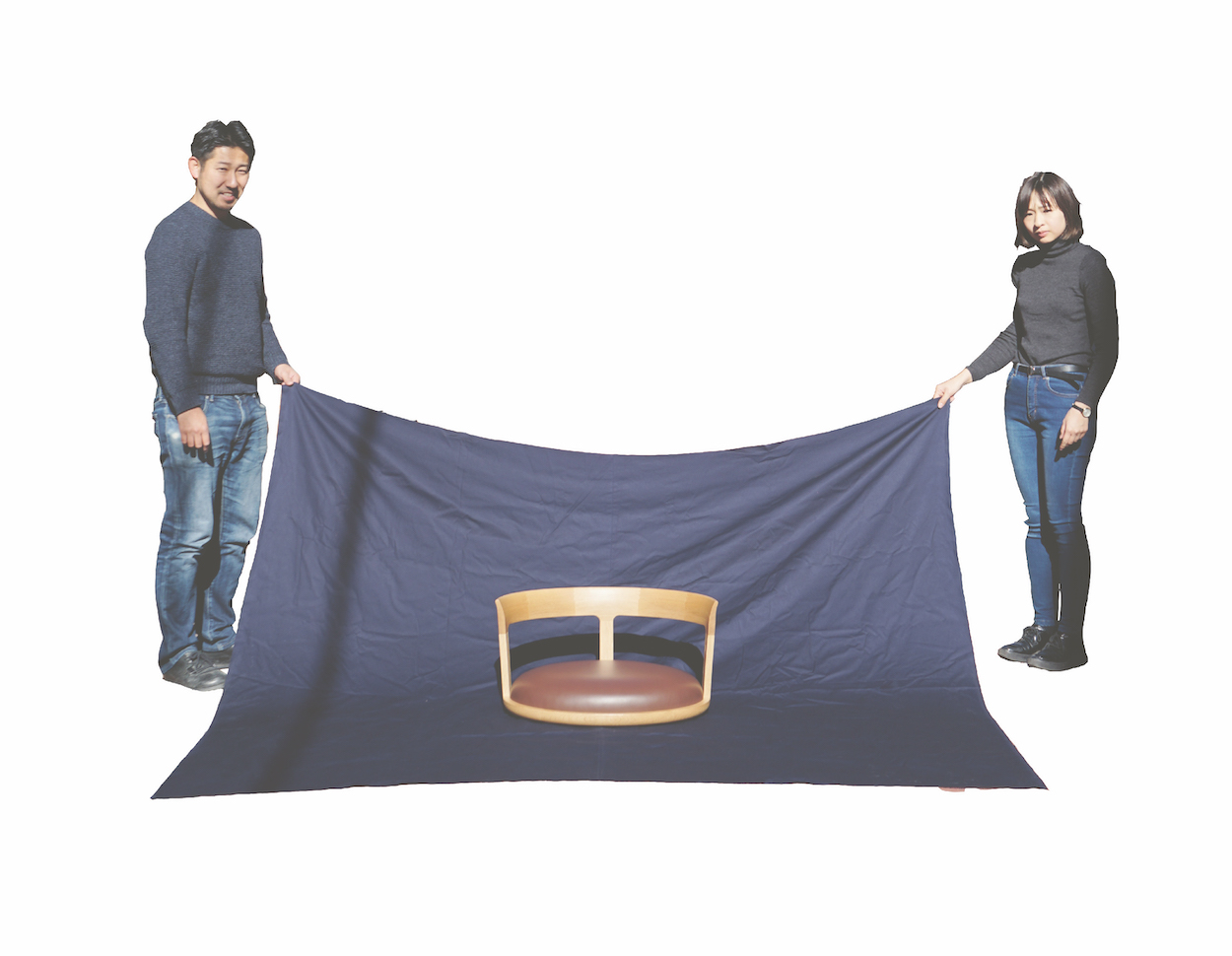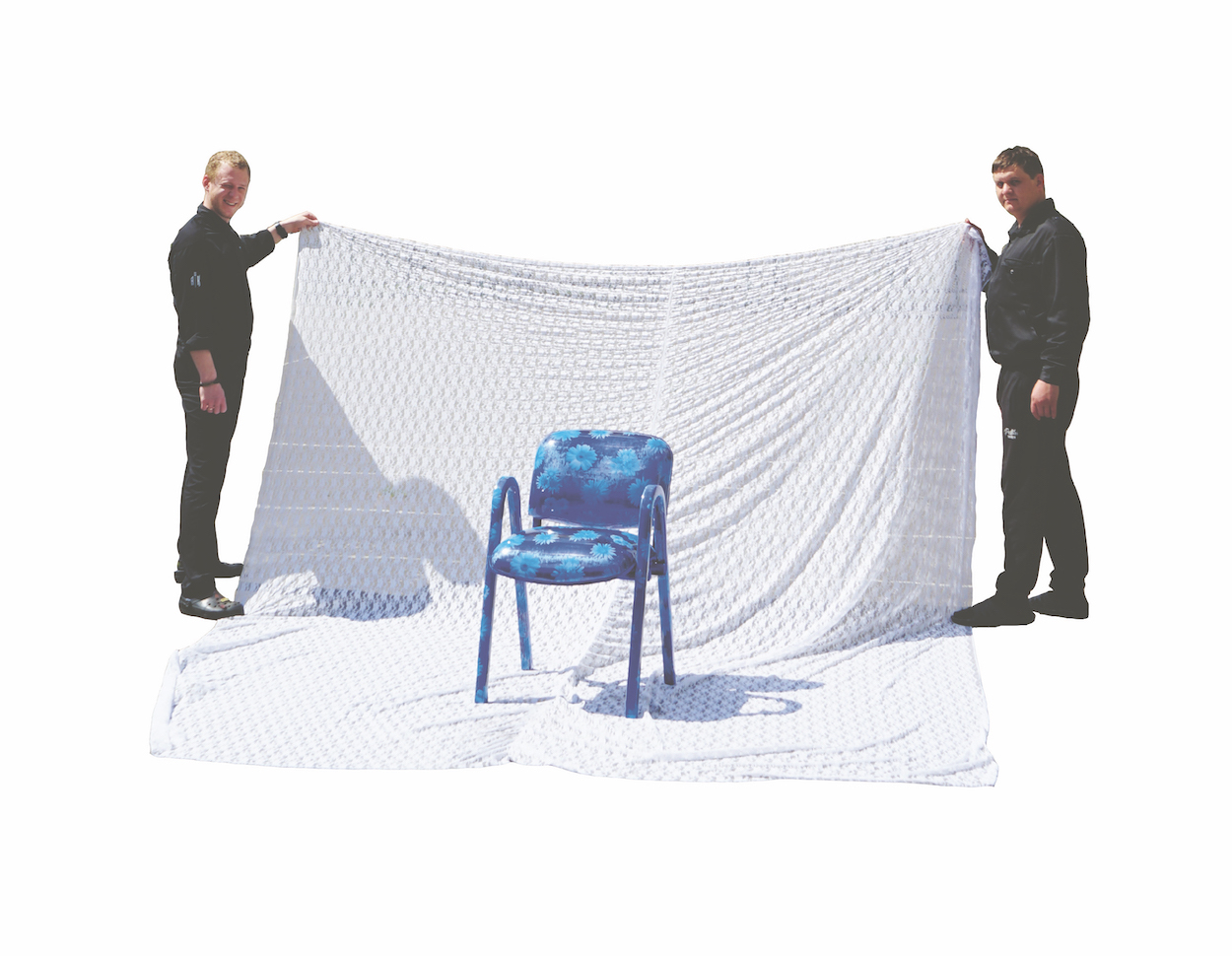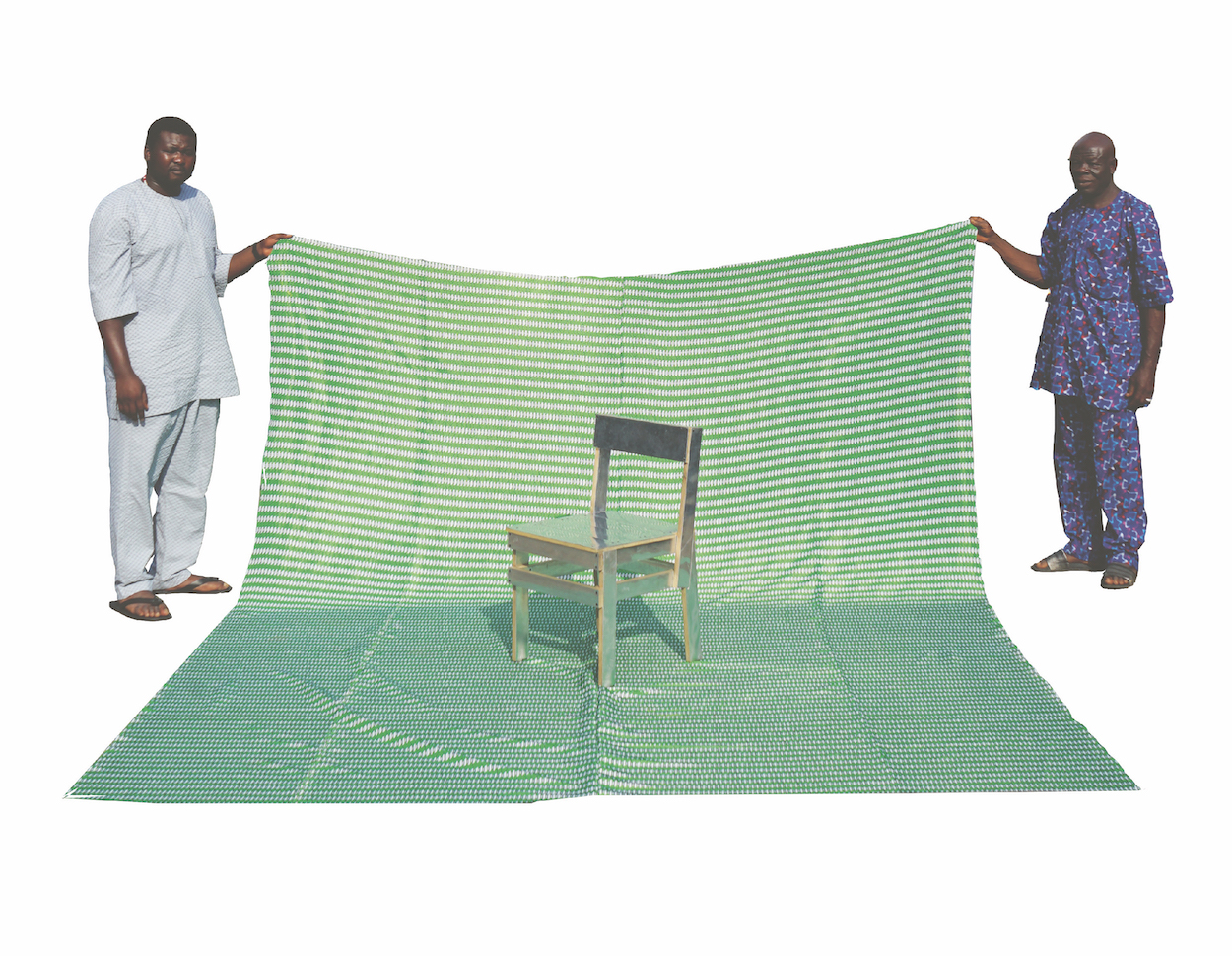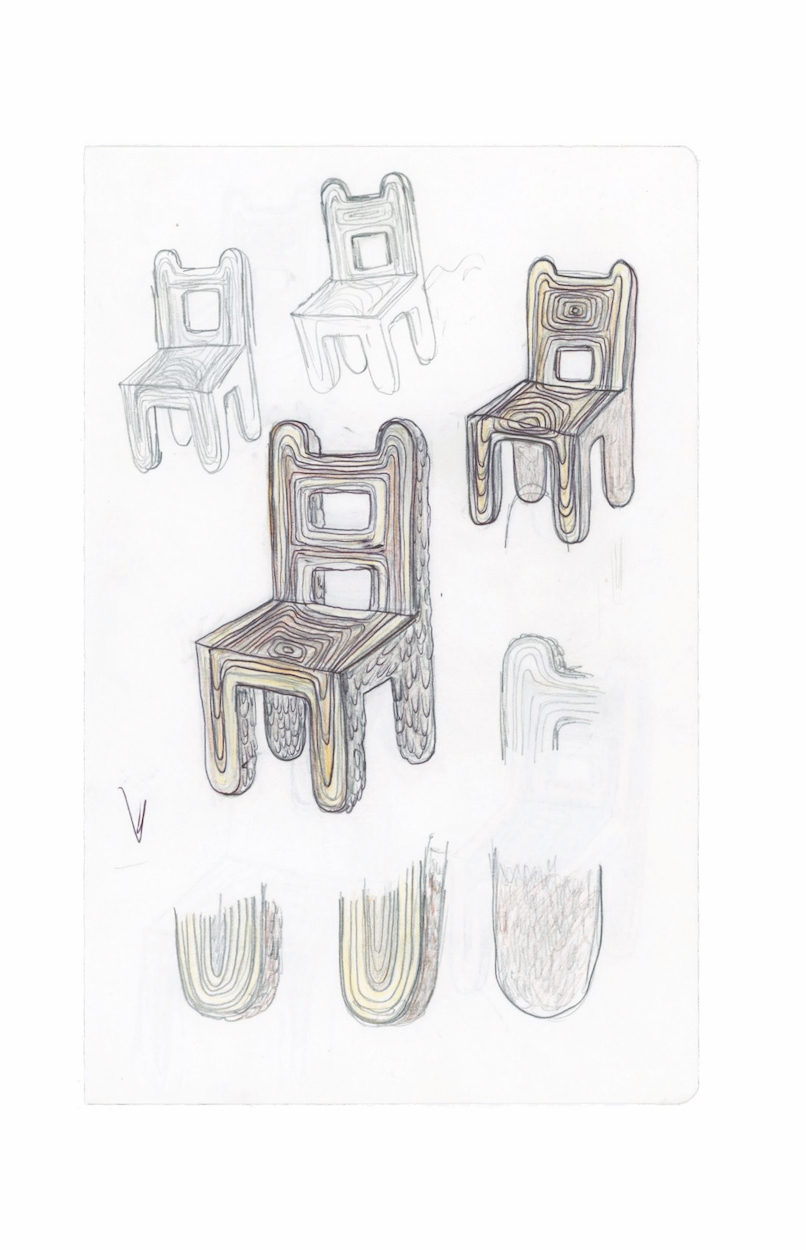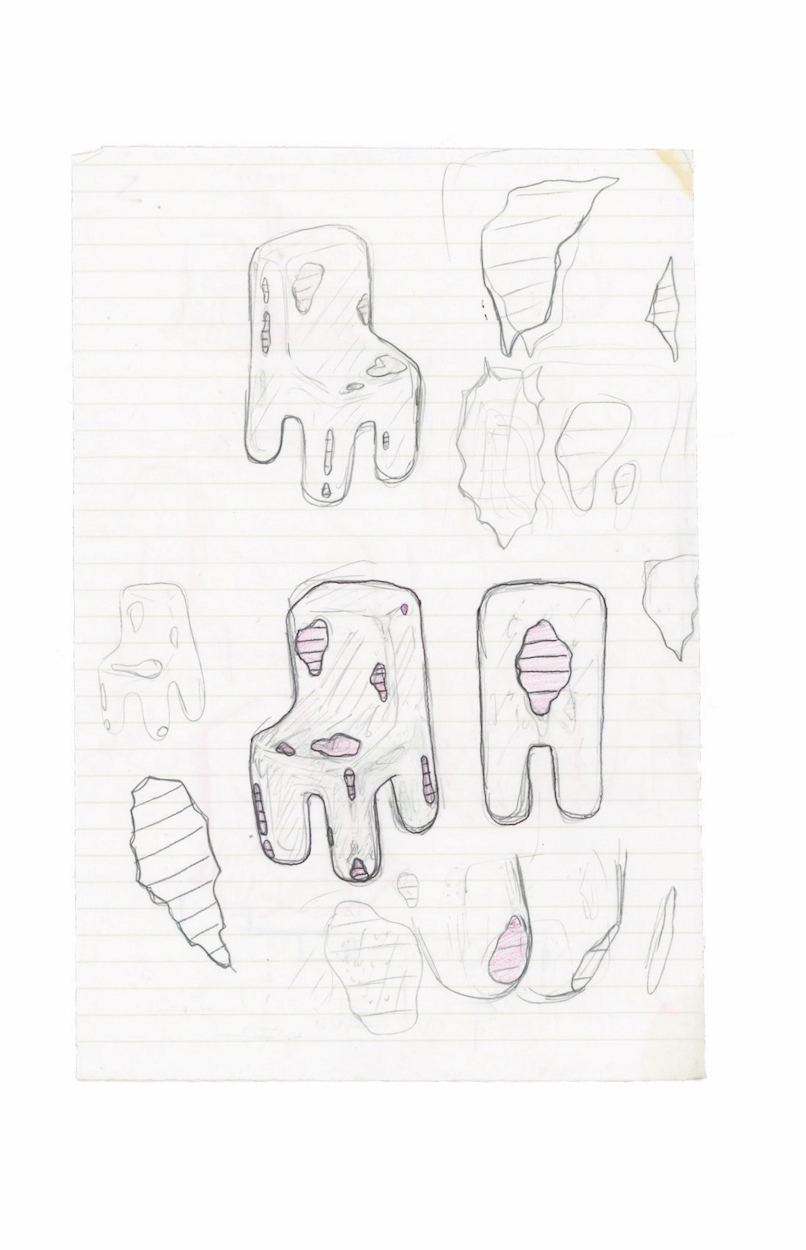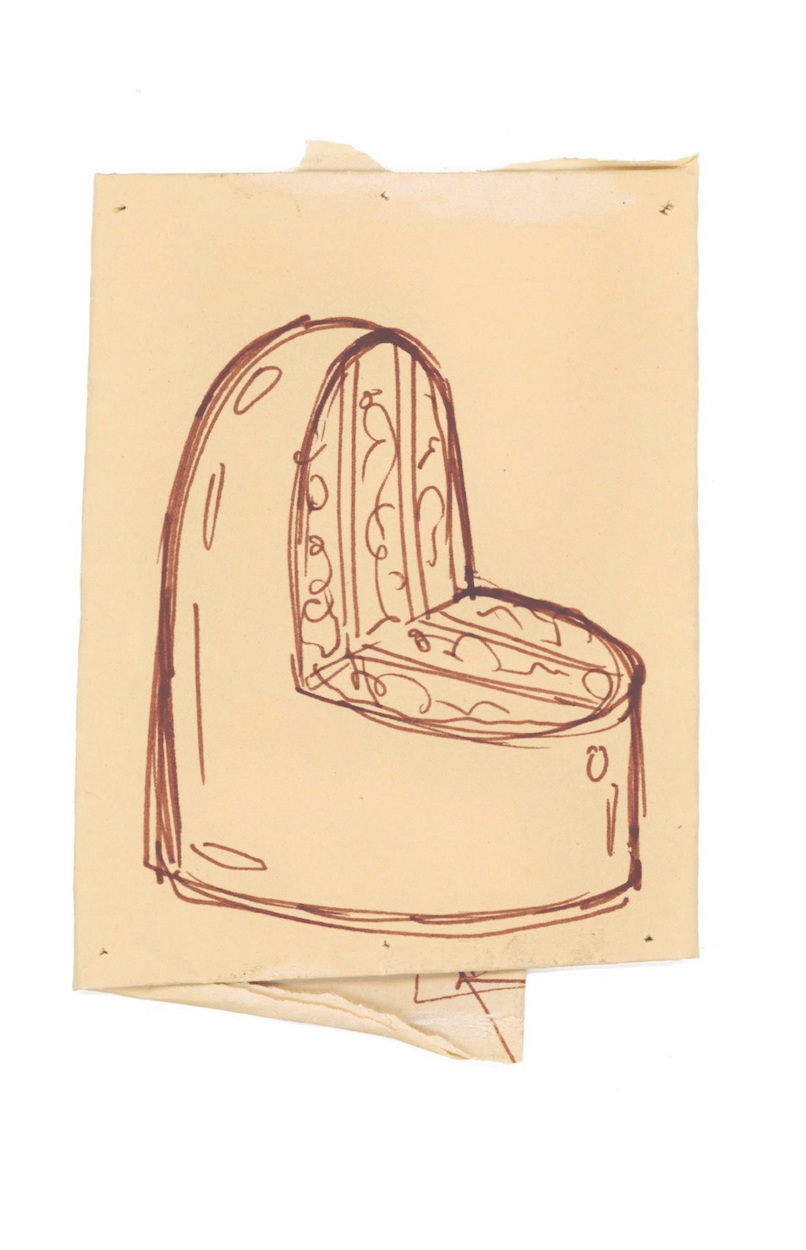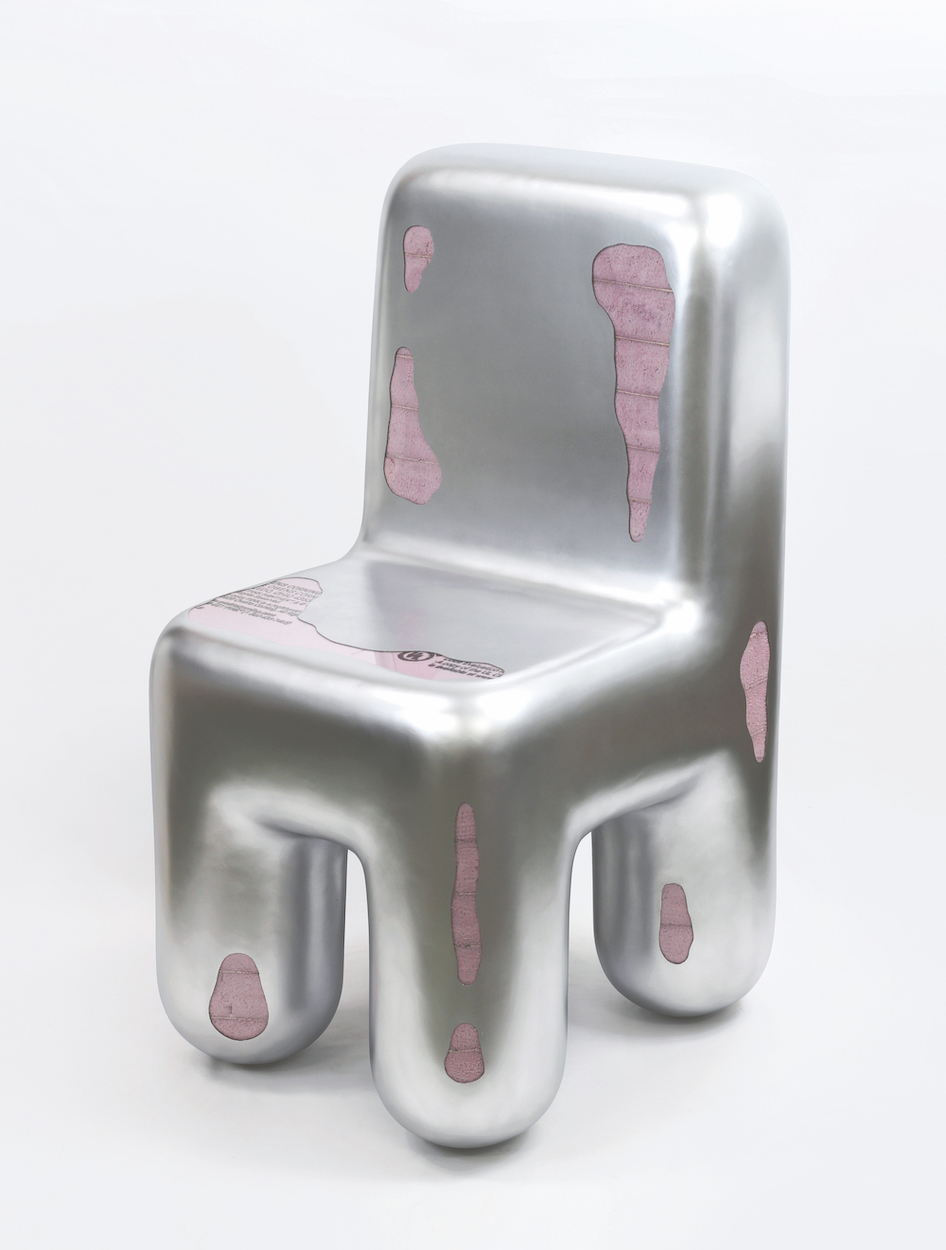#PASSION: “THE CHAIR IS LIKE A SCAFFOLD FOR MY IDEAS” – IT´S A CHAIR´S WORLD, AND WE JUST SIT ON IT
Words Juule Kay
All images courtesy of the artist
Dating back to at least 5000 years, with the earliest records in Egyptian tomb paintings and ancient Greek art, they have been around in all different forms, shapes and definitions. Originally serving as a symbol of leadership in the form of pompous thrones, chairs were reserved for people in positions of power before finding their way to the public in the 16th century.
Today, when we think about chairs, iconic names like Eames or Thonet pop up. And yet, the most widely used version on the planet is another one: the infamous Monobloc plastic chair. While most of us connect the stackable, lightweight creation by Canadian D.C. Simpson to outdoorsy adventures like garden parties, there are other multifunctional purposes around the world. “The Monobloc can be an expensive and valuable sign of status at weddings and funerals in Nigeria, while representing an option to avoid in China because of their cheap price,” says Sicilian designer Matteo Guarnaccia, who traveled the world for his research project turned book, Cross Cultural Chairs.
Interested in the sociocultural differences analyzed through chairs and ways of sitting, he visited the eight most populated countries in the world to collaborate with local creatives on designing and producing chairs that represent their culture. “The aim of the research comes from a sense of loss of identity that pushed me to focus on what is left of local cultures and traditions,” he explains, trying to understand what happens to design in such a globalized context. “I feel that my generation is wearing the same shoes, watching the same movies, and dancing to the same music across the globe.”
What is a no-man’s land for some is an endless creative outlet for others. No matter how simple a chair might look at first glance, it’s in fact a very complex design object with multiple meanings, associations and hopes. Here, sculptural furniture designer Joyce Lin and contemporary art curator Joe Horner explain how a strong devotion to a single object can turn into a shared passion.
In Joyce Lin’s world of chairs, nothing is as it seems. It often makes you second-guess, wondering if what you see is real. While some of her works almost feel like a delicious dessert, others keep dazzling you with their shiny surfaces. They are all functional artworks designed with meticulous precision. There might not be such a thing as perfection, and yet, you won’t find a single detail the slightest bit off. Once you learn that some of her wooden creations are mesmerizing lookalikes due to material limitations, you would rather inspect them from every angle than take a seat.
“I always thought I’m going to be a fine artist until I realized I have a knack for 3D thinking in design, too,” explains the Houston-based sculptural furniture designer. Her strong desire to combine art and science led her to recontextualize her kinetic ideas, followed by a dual degree in Geology and Furniture Design. “I love to learn about my environment,” she continues, pointing out nature as a ubiquitous source of inspiration. “A tree is just a tree until you learn what it actually does for the ecosystem; it becomes so much cooler.”
When Lin isn’t busy experimenting in her studio cave, she’s nerding out about material literacy and natural phenomena like fasciation, the malformation of plants. Here, she talks about how the nature of making is changing through technology and why timing is everything.
Juule Kay: This issue explores passion in all its facets. When you look at contemporary furniture design, can you relate to this strong feeling?
Joyce Lin: I think everything’s driven by passion. Furniture design, specifically chairs, is a really difficult field to be in. It’s probably the same for anything three-dimensional on a human scale that has to function. It’s physically taxing as well; these objects are really heavy. When I see the work that is produced out there, the only way that this could come into being is through passion. You really want this to exist.
Are there any specific trends or directions you have witnessed in the last few years?
In the past, when you think about furniture, you think about fine woodworking, which is a lot about rules––things you can and cannot do. It’s highly technical, and you’re spending decades trying to master the craft. Whereas now, you see the rise of different kinds of materials like fiberglass and technologies like CNC routing and 3D printing. I think the changes in technology have made it so much more accessible to build good furniture pieces.
Do you remember the moment you felt like a chair was not just an object to sit on?
There was this one piece by the kinetic sculptor Arthur Ganson called “Cory’s Yellow Chair,” which I still think about sometimes. It is a wall piece and has this mini yellow chair with sort of arms “cycling” around it. There’s only a split second where you see the parts come together to create a cohesive chair before drifting away again. It was amazing to see for me because I made this kinetic sculpture that basically had the exact same motion, but he used the recognizability of a design object, which I think is brilliant
The definition of what a chair can be also changed.
It’s a structure that I can use to apply other ideas about form and material––almost like a character that I keep using. Chairs are one of the most interesting design objects because they are one of the most anthropomorphic objects. It has the parts that we can relate to the human body, like the legs, seat and back. Funnily enough, I don’t really see myself as a chair designer, even though that is what I do.
In your work, you often blur the lines between real and fake, using techniques like trompe l’oeil. Where does this specific interest in material manipulation come from?
That’s something I’m still trying to figure out. The more I look back on the things that I have previously done, the more I realize that I had these ideas pretty early on. Even back when I was in high school, I was doing trompe l’oeil painting before my teachers told me I was hitting a wall. It’s coming back now because I am wrestling with these ideas about how the nature of making is changing through technology. It feels like we have more power to manipulate our environment with the help of AI, which also affects the way we perceive things online. We often don’t know what’s real and what’s not anymore. The Instagram account @muddycap is a good example of that. It’s more obvious now than it was in the beginning, but all of his work is digitally rendered.
Let’s talk a bit about your creative process. Are your ideas clear from the very beginning?
The process of coming up with pieces is really hard to explain because it’s very subconscious, and I don’t always know what’s going on myself. Sometimes, I sketch; sometimes, it is just me wandering the halls trying to think of something. Other times, a piece has everything that you need, but it’s still not ready. I think of it a little bit like fishing in a pond: You cast your fishing rod and you reel in a fish, but it’s too small, so you throw it back in and fish for something else until you get one that is big enough.
Do your ideas usually stem from the material, or does the vision come first?
I can’t have one without the other; that’s actually very hard to achieve. Material has to evoke a concept, and vice versa, the concept has to evoke material. If they don’t have that synergy, then the piece falls apart, for me.
What’s something in the process that’s surprisingly quick, and what’s something that takes particularly long?
It all takes a really long time. If it’s something I’m doing for the first time, I have to put all my energy into it. I can’t say there is any part of the process that I really turn my brain off for: Making the ideation is pretty difficult, and the construction and fabrication are fairly difficult, too. I think the most fun part is honestly just taking a picture of it at the end. OMG, it’s finally over. [laughs]
There are thousands of curated design and art platforms online, but this one hits different. Instead of seeing the same kind of works in different contexts, you fall down a rabbit hole, which gets weirder with every scroll. You’ll find yourself somewhere between Monobloc chairs with a scythe attached, a sea of black trash bags, and Anna Uddenberg’s infamous Continental Breakfast Chair breaking the internet. “Art As Chairs,” as its name already implies, feels like an endless exhibition catalog curated by Detroit-based artist Joe Horner.
“If you live in a major city, there is plenty of contemporary art to cut your teeth on, but I didn’t visit art museums until I was in my 20s,” he explains, sometimes feeling like a literal outsider. For him, the idea of the “life-changing, visceral experience” of art didn’t happen in an exhibition context, but in everyday objects or by simply walking down the street. Even though Horner ended up getting a degree in Fine Arts, he strongly believes that what makes you unique as an artist are the things you teach yourself.
In a way, the internet turned into his holy grail of knowledge and connected him with fellow creatives sharing a similar obscure taste in art, chairs and everything in between. Here, he untangles why the ordinary is often the most exciting, and why most of the work he features is just the tip of the iceberg.
What kind of platform is “Art As Chairs”? Do you see a connection to your personal art in some way?
“Art As Chairs” is a curatorial collaborative project that often turns itself into physical group exhibitions. I occasionally make objects that are functional or have references to design and architecture, but I also have a totally separate studio practice. I consider the things I explore through my curation to be similar, but it’s also nice to be able to put so much information on the internet that isn’t fully about me. With “Art As Chairs,” I can express the things I’m interested in without feeling narcissistic.
Why did you start the platform in the first place?
I was consistently doing research on this topic, so I felt like eventually it was something I should share with other people. It was probably in 2019 when I started, but it gained traction really fast. I guess people always found that art was holy, special and sacred, but the classification of art seemed a bit random to me. I like the idea of adapting to contemporary circumstances as far as how you use your creativity, but not compromising on the art whatsoever. People kind of get it twisted and think that I’m obsessed with chairs, that I love chairs, and that I love design. It’s funny because I don’t actually care. What I really care about is how artists live and how people live with art. Chairs are a good kind of no-man’s land for that discussion.
What’s your personal definition of a chair?
The question of “Is it this or is it that?” seems unnecessary to me. Someone will occasionally comment after I post something on Instagram and be like, “This isn’t a chair,” and I’m like, “You must be new here.” A chair by definition would be determined by the proportions of the human body, and I think the painting by definition is also based on the proportions of the human body. It’s interesting that people think that doing a painting or being an artist is thinking outside the box, but a lot of the time, it’s no different. It’s all determined by art history, design history, human anatomy and anthropology. I guess most of the chairs that I’m interested in posting are art in some way.
A lot of them are quite unusual. What does it need to attract your attention?
When people DM me their work, it could be a great chair or a great artwork, and I still might not post it because I have my own personal biases.
As far as what helps me choose the works, I definitely use the filter of “Do I see the person who made this as an artist?” Oftentimes, I post pieces where the thing that I’m featuring is just the tip of the iceberg of what this artist creates. That’s what’s interesting to me: when artwork becomes so radical that it becomes humble. It’s so extreme that it’s caused the horseshoe effect to become totally ordinary again. The very first artwork I posted was this conceptual sculpture by Lonnie Holley. It’s two rocking chairs sitting next to each other with tree roots across both of them. An object basically made out of trash in his neighborhood, but for me, it was just really exciting.
Why do you feel that this sort of content resonates with so many people?
I think “Art As Chairs” inherently subverts hierarchies, which always feels a little bit fun and mischievous, but it’s also wrapped up in the secret package of consumerism. It gets a bunch of people, who are rebellious and radical as thinkers and creatives, but it also gets people who are obsessed with the history of design and even fashion.
They never know what they are getting when they wake up in the morning and check their Instagram. It’s crazy that there is enough for me to keep posting about it. When I had 300 posts, people asked me how I was still finding stuff. Now I’m like, “I’m doing this until I have 10,000 posts, and I’m still going to come up with more stuff.”
Your community is actually quite funny. Do you remember any specific comment that lives rent-free in your head?
I do remember posting this kinetic sculpture by Sarah Lucas with an animatronic hand that jerks off the person who’s sitting in the chair. One of the comments said, “The trajectory is all off.” [laughs]
